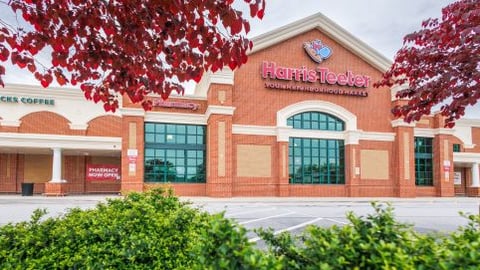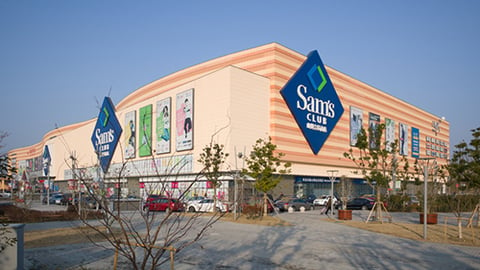EXCLUSIVE: Sizing Up the Competition
It’s a Goldilocks-like question that many retailers are asking themselves: Which store format is just right? A new report from location analytics firm Placer.ai shows that there is something to be said about a thoughtful approach that works for a particular location and operation.
“One of the major trends we’ve observed in the post-pandemic years is that consumers are shopping a wider number of retailers and increasing frequency and visits, especially on the non-discretionary side. They are looking for retailers to serve a unique purpose, so each retailer has to have a distinct value they are bring to consumers,” Elizabeth Lafontaine, director of research at Placer.ai, told Progressive Grocer in an exclusive interview. “Where format comes into play is how it leans into that convenience moment. Smaller format stores, for example, may be in an urban location where consumers are living and working and can swing in and grab something. Larger formats are leaning into the experience element of it, providing more variety to be a one-stope shop where consumers want to linger.”
[RELATED: How Amazon Became the Ultimate Grocery Competitor]
According to Placer.ai’s new report, “Much Ado About Store Size,” chains are taking a closer look at size when making decisions on new store builds. The research cites chains that are embracing smaller-format sites to enter into new markets, deliver on customer needs and cut costs, as well as others that are going bigger with similar results.
On the smaller-format side, Placer.ai highlighted Sprouts Farmers Market’s recent focus on stores that span around 23,000 square feet, compared to other typical areas that come in around 30,000 square feet. In the first quarter of this year, visits to stores under 24,000 square feet grew 8.8% year-over-year (YoY), compared to the chain average of 4.4% YoY. Additionally, smaller Sprouts outposts tend to attract a higher-than-average share of “suburban periphery” shoppers and more urban customers, including those under-represented in Sprouts’ overall trade areas.
“Sprouts‘ smaller-format stores have outperformed the national fleet. They have been very intentional about putting small-format stores into markets that align with who their customers are,” Lafontaine remarked.
On the flip side and to Lafontaine’s point, other stores are doing well by focusing on sizes that work for their own structures and shoppers. The Buc-ee's store chain, for instance, has scored with supersized locations. Placer.ai found that visits to Buc-ee’s were up almost 7% YoY in May.
“Buc-ee’s has marketed themselves as a tourist destination, blending experience and differentiation” observed Lafontaine.
The “just right” approach can lead to varying box types within a banner or retail chain. “I think we will see retailers continue to focus on hyper-personalization. It isn’t just building about the same format store over and over, but finding a unique format for a location,” Lafontaine pointed out, adding, “Some stores are becoming more of a mosaic and evolving with the consumer to provide experiences and help them stand out in a market that is incredibly saturated.”
Placer.ai’s full size-focused report is available online.
Elizabeth Fontaine is speaking on other industry trends, including how independent and regional grocers are differentiating their businesses in a crowded field, at Progressive Grocer’s GroceryTech event in Dallas, June 10-12.






